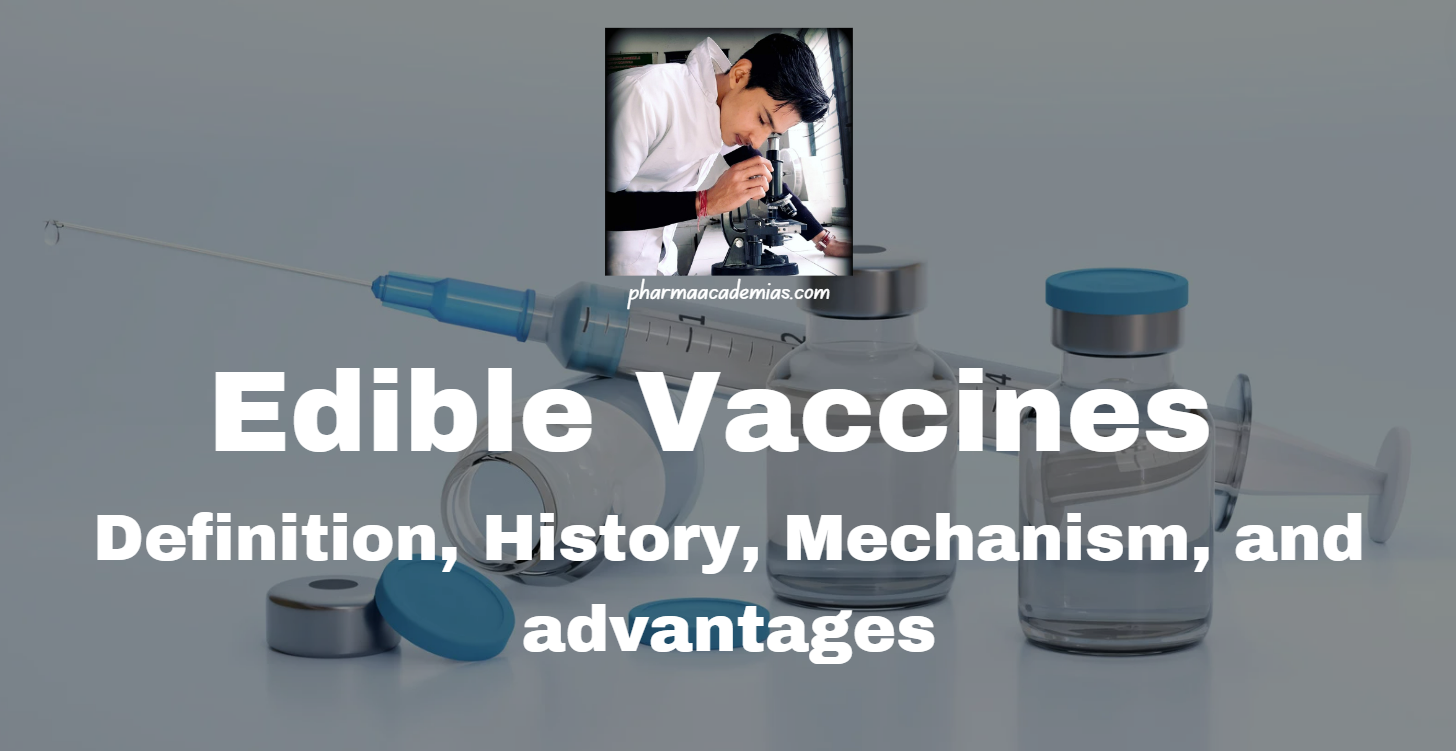The topical route of drug administration involves applying medications directly to the skin or mucous membranes, such as the eyes, nose, ears, or genital areas. This route has several advantages and disadvantages and is commonly used for dermatological, ophthalmic, and otic (ear) medications. Here are the key points related to the topical route of drug administration:
Advantages
1. Targeted Local Therapy
Topical administration allows targeted treatment of specific body areas, which can be highly beneficial in dermatological conditions or localized infections.
2. Minimized Systemic Side Effects
Topical medications primarily act locally and are less likely to produce systemic side effects than orally administered drugs.
3. Non-Invasive
Topical administration is non-invasive and generally more comfortable for patients, especially when compared to injections.
4. Ease of Use
It is often easy for patients to self-administer topical medications, which can improve patient compliance.
5. Reduction of First-Pass Metabolism: Unlike oral administration, topical administration bypasses first-pass metabolism in the liver, leading to a lower potential for drug metabolism and increased bioavailability for certain drugs.
Disadvantages
1. Limited to Superficial Conditions: The topical route restricts treatment to superficial conditions, including skin disorders, mucous membrane conditions, and localized infections, but it is unsuitable for systemic therapies.
2. Limited Drug Penetration: The effectiveness of treatment can be affected by the limited ability of drugs to penetrate the skin or mucous membranes.
3. Potential for Skin Irritation: Some medications can cause skin irritation, itching, redness, or burning at the application site.
4. Variable Absorption: The rate of drug absorption can vary based on factors like the type and thickness of the skin or mucous membrane, the formulation of the drug, and individual variations.
5. Application Challenges: Some topical preparations may require frequent and consistent application, posing potential issues with patient compliance.
6. Limited to Liquid, Cream, or Ointment Formulations: Topical administration primarily restricts drug options to liquid, cream, or ointment formulations, which may not align with all drugs or patient preferences.
7. Risk of Contamination: Applying topical medications carries a risk of contamination, especially when proper hygiene and aseptic techniques are not observed.




They spend their whole life in giving quality education to their students.
Short an simple notes





thank you, share with your friends
Beautiful


thank you, share with your friends
Osm
thank you, share with your friends